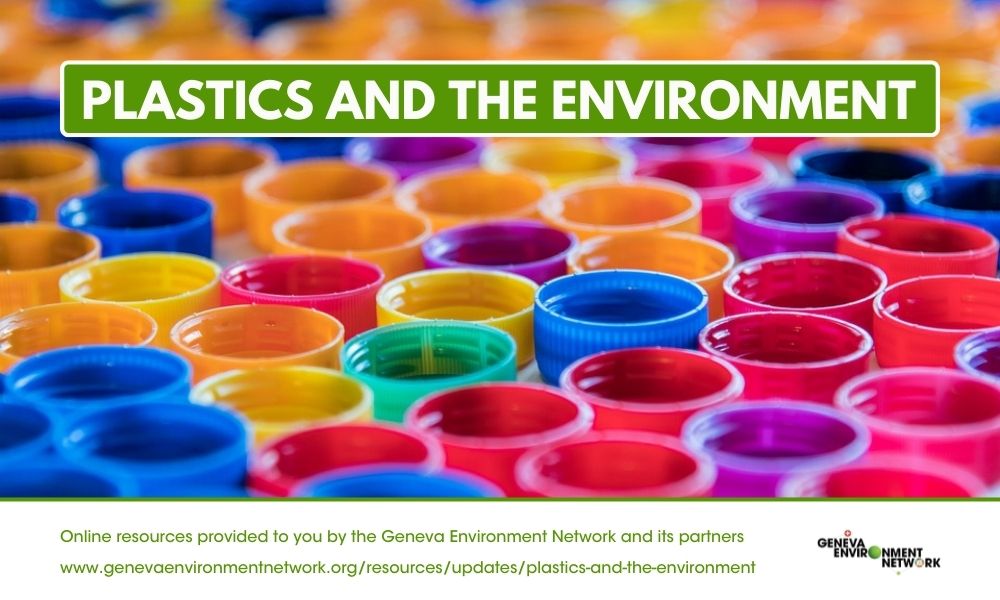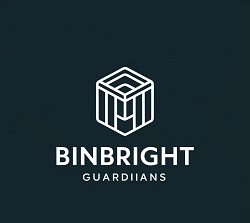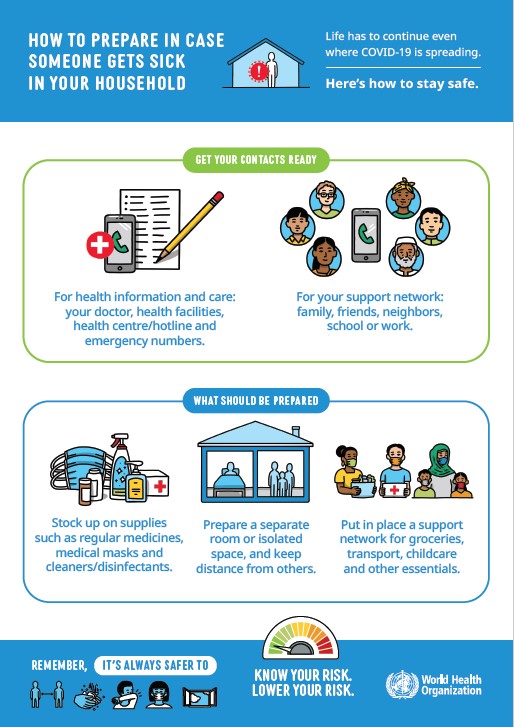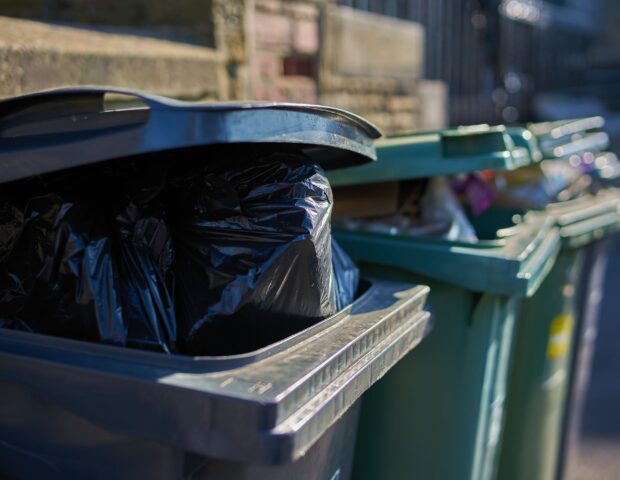In the quest for cleaner, safer environments, the importance of maintaining hygienic waste disposal methods cannot be overstated. Traditional methods of bin cleaning often involve chemical disinfectants, which can be harmful to the environment and human health. This article explores a modern solution: UV sanitization. This technology offers a promising alternative with numerous benefits, including effectiveness against pathogens, odor reduction, and environmental safety.
II. The Science of UV Sanitization
Understanding UV Light
UV light is a form of electromagnetic radiation with three main types: UVA, UVB, and UVC. Of these, UVC has the most potent germicidal effects, making it ideal for sanitization purposes.

Mechanism of UV-C in Disinfection
UV-C light destroys the DNA and RNA of microorganisms, which prevents them from replicating and causes cell death. This action makes UV-C an effective disinfectant against viruses, bacteria, and other pathogens.
III. Benefits of UV Sanitization for Bin Cleaning
UV sanitization offers several advantages over traditional cleaning methods:
-
- Germicidal Impact: UV-C light effectively kills a wide range of microorganisms, including resistant bacteria and viruses.
- Odor Reduction: By killing odor-causing bacteria, UV sanitization helps in significantly reducing unpleasant smells.
- Environmental Benefits: Unlike chemical methods, UV sanitization leaves no residue, reducing environmental pollution.
IV. Current Applications of UV Sanitization in Waste Management
UV sanitization is not just a theoretical solution but is already in use in various sectors:
- Medical Waste Bins: Hospitals use UV-C to prevent the spread of infectious diseases.
- Public and Private Sectors: Many facilities have adopted UV sanitization to maintain hygiene and safety standards.
Case Studies
Several case st go to my blog udies demonstrate the effectiveness of UV sanitization in both public and private sectors, showing significant improvements in hygiene and reductions in infection rates.
V. Technological Innovations in UV Bin Cleaning
Recent advancements have made UV sanitization more effective and accessible:
- UV-C Light-Equipped Bins: New bin designs include built-in UV-C light sources that activate at predetermined intervals.
- Smart Technology Integration: Automated systems ensure that the UV-C light is used optimally, maximizing energy efficiency and effectiveness.
VI. Safety and Regulatory Considerations
While UV sanitization is beneficial, it is not without risks and regulatory challenges:
- Health Risks: Direct exposure to UV-C light can be harmful to human skin and eyes.
- Safety Features: Modern UV-C sanitizing devices are equipped with features such as motion sensors and shields to protect users.
Regulatory Guidelines
To mitigate risks, strict guidelines govern the use of UV-C in public and private applications, ensuring safety and efficacy.
VII. Challenges and Limitations
Despite its benefits, UV sanitization faces several challenges:
- Technical Limitations: UV light can only disinfect surfaces it directly contacts, which can be a limitation in cluttered or irregularly shaped bins.
- Cost and Maintenance: Initial setup and ongoing maintenance costs can be significant barriers to widespread adoption.
VIII. Future Prospects and Developments
The future of UV sanitization in bin cleaning looks promising, with ongoing research and development expected to address current limitations and expand its applications.
Market Growth and Regulatory Changes
As technology advances and regulations evolve, the market for UV sanitization is expected to grow, further integrating this technology into mainstream waste management practices.
IX. Case Study: Implementation of UV Sanitization in City Waste Management
This section would detail a specific example of a city that has successfully implemented UV sanitization in its waste management system, including the challenges faced and the outcomes achieved.
X. Conclusion
UV sanitization represents a significant advancement in bin cleaning technology. With its ability to effectively kill pathogens, reduce odors, and minimize environmental impact, it offers a promising future for waste management. As technology evolves and becomes more cost-effective, it is likely that UV sanitization will become a standard practice in bin hygiene, contributing to cleaner, healthier public spaces.

I’m Brock McIlrath, the founder of BinBright Guardians and a seasoned Sanitary Equipment Operator dedicated to transforming our approach to cleanliness and waste management.



